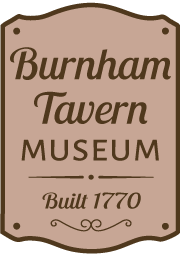Burnham Tavern History
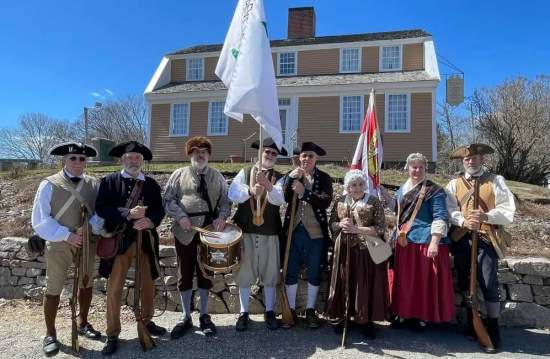
The Dilemma in Machias
In early June 1775, the settlement of Machias faced a critical decision amid escalating tensions. News of the conflict at Lexington and Concord reached them swiftly, followed by an ultimatum: supply lumber to Boston for British barracks or face hunger and reprisal from Midshipman James Moore and his ship, the Margaretta.
The Tap Room of Job Burnham’s tavern became the center of heated debate as settlers grappled with betraying the American cause or standing up to British demands.

The Capture of the Margaretta
Jeremiah O’Brien, a key figure in Machias, advocated strongly for aggressive action. With the support of his brothers and fellow veterans of the French and Indian Wars, plans were hatched to capture Moore during a vulnerable moment—while he attended church on June 12, 1775.
Despite challenges, including Moore's escape through a window upon sensing danger, O’Brien and patriots armed with muskets and farm implements pursued the Margaretta downriver.
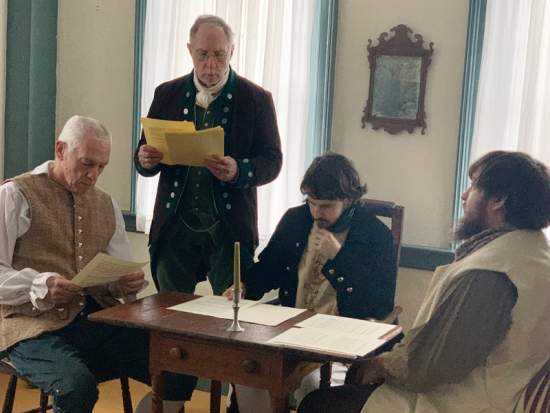
Legacy of the Burnham Tavern
The battle that ensued saw Midshipman Moore wounded and the Margaretta seized, transforming the Burnham Tavern into a makeshift hospital for the British wounded. Jeremiah O’Brien later became a renowned privateer for the new nation, exemplifying the spirit of resistance and resilience during the Revolutionary War.
The tavern, built and run by Job and Mary Burnham, was a meeting place for local militia. It was also used as a hospital for wounded of both sides following the battle in 1775. Today, Burnham Tavern Museum preserves artifacts not only from this historic naval encounter, dubbed the "Lexington of the Sea," but also offers insight into daily life circa 1780.
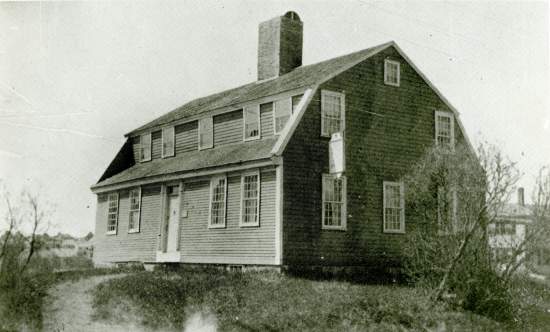
Historical Significance and Preservation
Beyond its role in the capture of the Margaretta, Burnham Tavern stands as a testament to early American architecture and lifestyle.
Visitors to the museum can explore furnishings ranging from the early 18th century to the 19th century, as well as architectural features, providing a vivid glimpse into a pivotal period of American history.
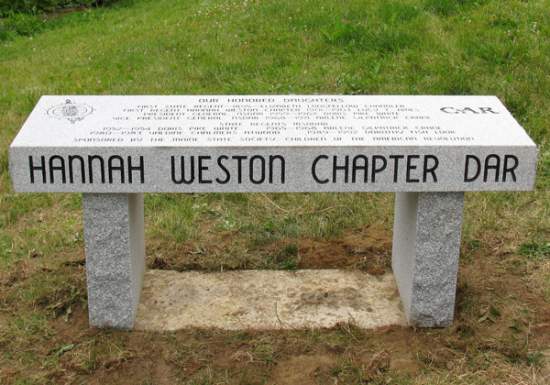
A National Historic Site
Since 1910 the Burnham Tavern has been maintained by the Hannah Weston Chapter, Daughters of the American Revolution.
In 1973, Burnham Tavern was designated a National Historic Site by the U. S. Department of the Interior.
In 1974 the Tavern was selected as one of the 21 homes in the United States with the most significance ot the American Revolution. The Tavern is the only one so selected in the state of Maine.
